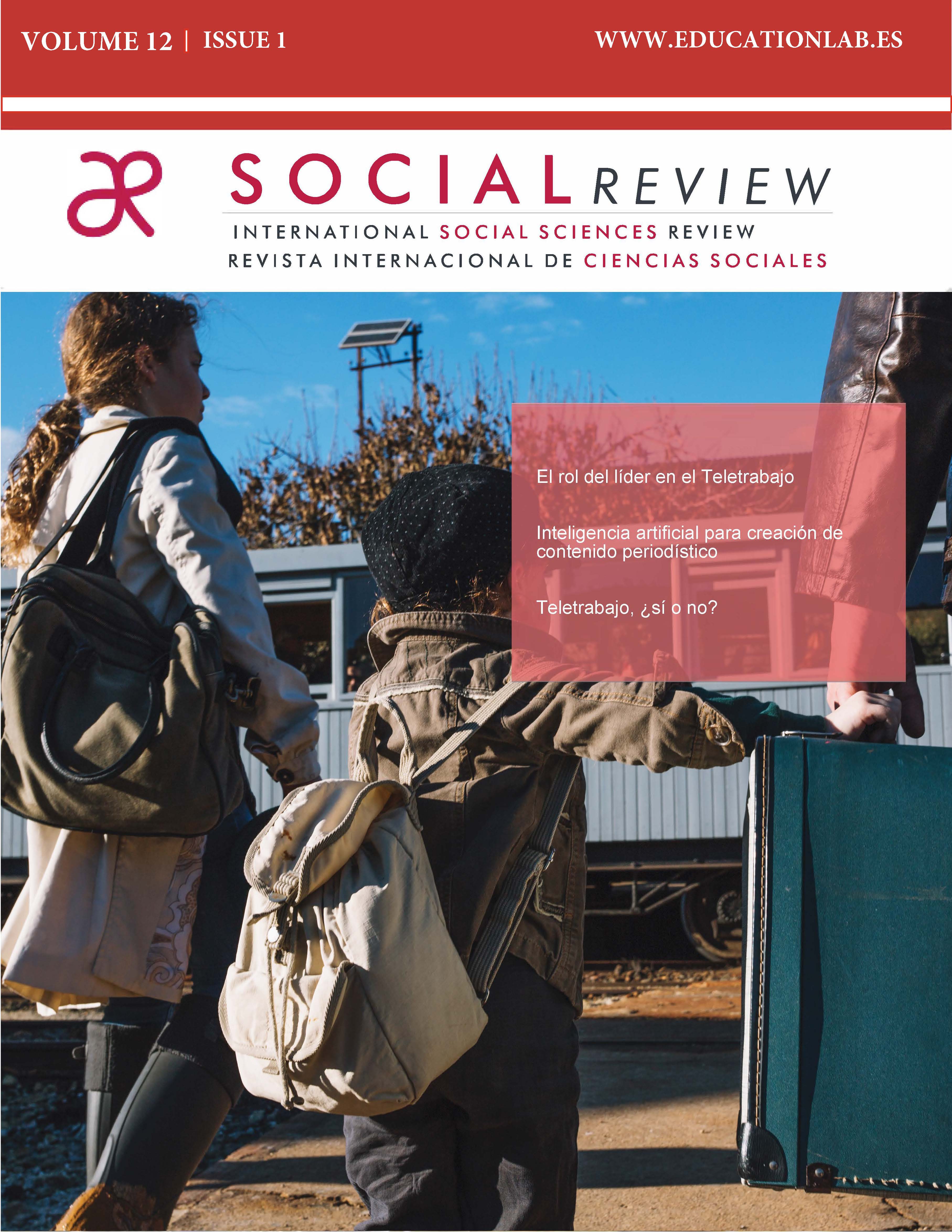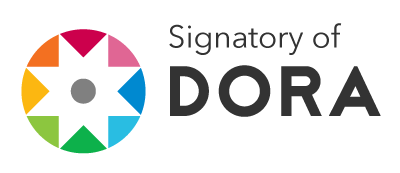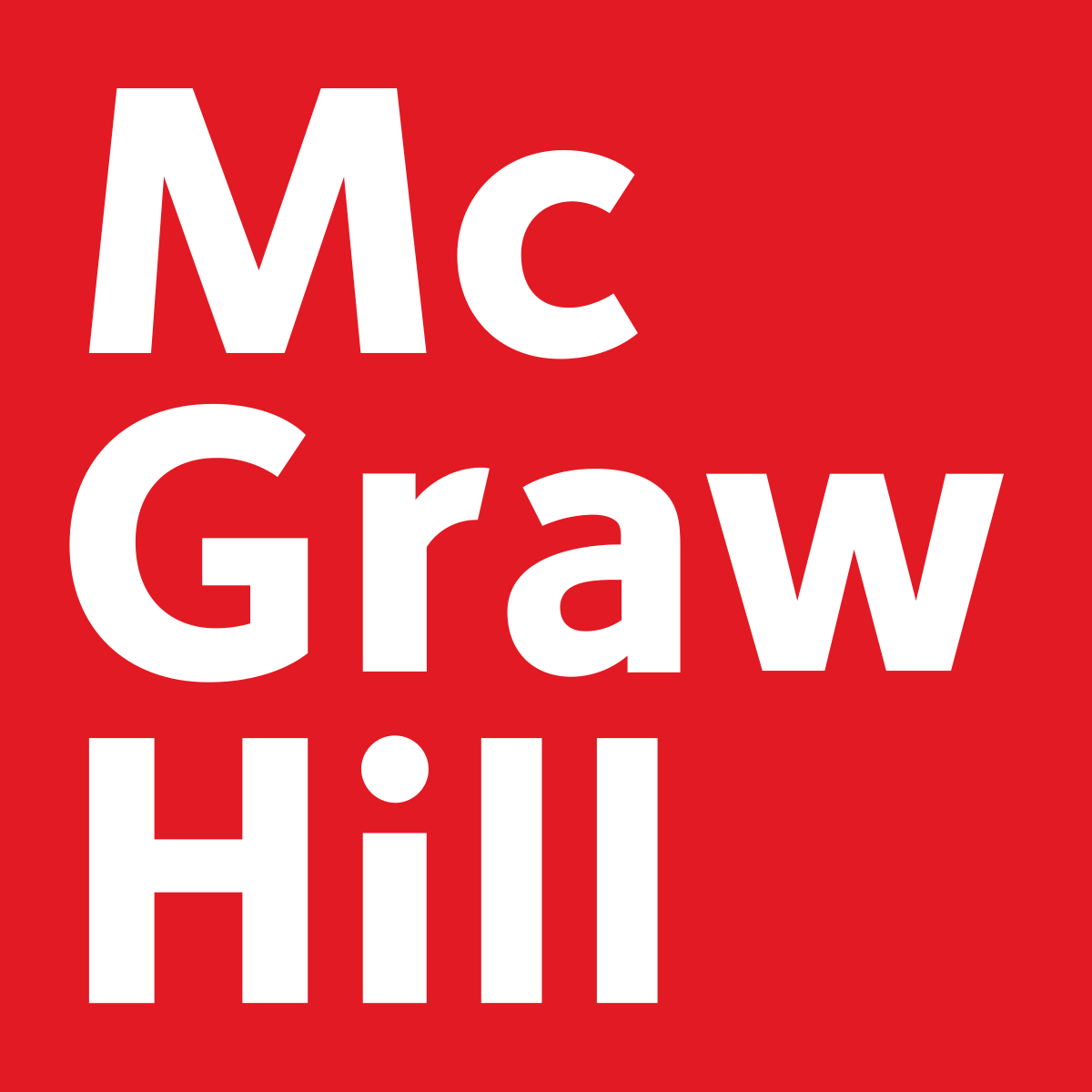Heading to the Methodology of the 20 Cultural Barriers in Communication and 5 Dimmensions of Creativity (20BCC-5DCR)
Reflections on media and information literacy (MAI)
DOI:
https://doi.org/10.62701/revsocial.v12.5176Keywords:
UNESCO, MIL Cities, Cultural barriers, Creativity, Methodology, Media and Information LiteracyAbstract
The main objective of this work is to show the bases for the development of a methodology that allows evaluating the communication barriers and the creative potential of individuals, groups, organizations, university and corporate campuses, neighborhoods and cities. The relationship of the approach known as Media and Information Literacy (MAI) defended by UNESCO with the concepts of Cultural Barriers in Communication and Creativity is shown. It is a first approach, seeking to reflect on methodological procedures that allow evaluating cultural barriers in communication and dimensions of creativity with purposes, such as contributing to reducing obstacles to innovation and use of new technologies, as well as building sustainable, ethical urban spaces. and humans. The Methodology of the 20 Cultural Barriers in Communication and 5 Dimensions of Creativity (20CBC-5DCR) is one of the instruments that can be used to evaluate the MIL Cities (Media and Information Literacy Cities), launched by UNESCO 2018.
Downloads
Global Statistics ℹ️
|
641
Views
|
120
Downloads
|
|
761
Total
|
|
References
Azoulay, A. (2023) Message vidéo de la Directrice générale de l’UNESCO Audrey Azoulay à l’occasion des Rencontres de la Sainte-Barbe, 18 décembre 2023 – Lens.
https://unesdoc.unesco.org/ark:/48223/pf0000388113/PDF/388113fre.pdf.multi.page=1&zoom=auto,-16,842 , acesso em 20 dez 2023
Bauman, Z. (2016) Ética Pós-Moderna [Post-Modern Ethics] São Paulo: Paulus.
Carlsson, U.,(2019) Media and Information Literacy: Field of Knowledge, Concepts and History, In: Carlsson, U. (Ed.)Understanding Media and Information Literacy(MIL) in the Digital Age, A question of democracy, UNESCO and University of Gothenburg,
Chibás Ortiz, F. (2022) Red de ciudades MIL de Unesco y Agenda 2030: Métricas, Educación, Comunicación y Salud sostenibles. Editorial Pueblo Y Educación. Havana- Cuba.
Chibás Ortiz, F. Zottis, K. M. (2017). Barreiras Culturais à Comunicação e Criatividade: perspectiva Vygostkyana/Bioniana e da Alfabetização Midiática: um estudo de caso com professores do ensino fundamental [Cultural Barriers to Communication and Creativity: the perspective of Vygotsky and Bioni and of Media Literacy: a case study with primary-school teachers].. Available at: http://file:///C:/Users/Valéria/Documents/USP/READNOVEMBRO.pdf Accessed on 18/03/2018.
Chibás Ortiz, F. (2015) M@rketing pessoal.com, Sua estratégia dentro e fora da Internet, Atlas, São Paulo
Chibás Ortiz, F. (2018) Estrategias y Métodos de Creatividad e Innovación. Educación, Ética y Barreras Culturales a la Comunicación en la Era Poshumana, La Habana: Pueblo y Educación, La Habana. 241
Chibás Ortiz, F., Yanaze, M., FLORES, V. (2019). Building MIL Cities with the methodology of Cultural Barriers to Communication and Creativity: A Study in Education with Young People from Brazil and Cuba, In: Yanaze, M., Chibás Ortiz, F. (Org.). Marketing, Communication, Technology and Innovation, In MIL Cities, ECA-USP, São Paulo, P. 430.
Chibás Ortiz, F. Tejedor Calvo, S., Milani Zottis,K., Dias,A. P. Las Ciudades Universitarias MIL como propuesta de la UNESCO para la transformación de los campus universitarios: barreras y oportunidades, In: adComunica No.25, 2023-23-01, ISSN 2174 0992, https://www.e-revistes.uji.es/index.php/adcomunica/issue/view/396 DOI: https://doi.org/10.6035/adcomunica.6988
Christensen, C. M. (2011). O dilema da inovação: quando novas tecnologias levam empresas ao fracasso. São Paulo: M. Books.
Galvão, M. C. B.; Pluye, P.; Ricarte, I. L. M. (2017) Métodos de pesquisa mistos e revisões de literatura mistas: conceitos, construção e critérios de avaliação. InCID: R. Ci. Inf. e Doc., Ribeirão Preto, v. 8, n. 2, p. 4-24, set. 2017/fev. 201. https://www.revistas.usp.br/incid/article/view/121879/133611 DOI: https://doi.org/10.11606/issn.2178-2075.v8i2p4-24
Kurzweil, R. A Era das Máquinas Espirituais, Aleph, São Paulo:2009.
Lakatos, E. M. Marconi. M. De a. (2003). Fundamentos de metodologia científica. 5. ed. – São Paulo: Atlas.
Lima, T. C. S.; Mioto, R. C. T. (2007) Procedimentos metodológicos na construção do conhecimento científico: a pesquisa bibliográfica. Revista Katálysis, Florianópolis, v. 10, 37-45. https://doi.org/10.1590/S1414-49802007000300004 DOI: https://doi.org/10.1590/S1414-49802007000300004
Muratova, N, Grizzle, A., Mirzakhmedova, D., Alfabetización Mediática e Informacional en el periodismo: Manual para periodistas y docentes de periodismo, UNESCO, México: 2021.
ONU-BR NAÇÕES UNIDAS BRASIL (2017), Conheça os novos 17 Objetivos de Desenvolvimento Sustentável da ONU [Get to know the UN’s new 17 goals of sustainable development] https://nacoesunidas.org/conheca-os-novos-17-objetivos-de-desenvolvimento-sustentavel-da-onu/
ONU (1948) Carta de los Derechos Humanos de la ONU, https://www.un.org/es/about-us/universal-declaration-of-human-rights
ROYAL CARIBBEAN INTERNATIONAL(2023), Blog, https://moverexperience.com/experience/royal-caribbean-cruzeiro-pt?gclid=CjwKCAjwrvv3BRAJEiwAhwOdM5HqbxGsRAi4xVFLMgfgePndTPTTFNSoDZqNQ1J3nfy__7iPp31s2hoCngEQAvD_BwE
Sartori, G. (1994)Comparación y método comparativo, In: Morlino, L., y Sartori, G. (Eds.) La comparación en las ciencias sociales. Madrid: Alianza, p. 29-50.
Tornero, J. M. Pérez. Varis, T.(2010) Media Literacy and new Humanism. Accessible at: http://unesdoc.unesco.org/images/0019/001921/192134e.pdf
UNESCO (2017). Accesible en: https://en.unesco.org/news/global-media-and-information-literacy-mil-week-2017-unesco-calls-papers-and-presentations?language=fr.
UNESCO (2018). MIL Cities concept https://en.unesco.org/milcities
UNESCO (2018 a). World Trends in freedom expressions and Midia Development in 2017/2018. Global report. Ed: UNESCO and University of Oxford
UNESCO. Alfabetização midiática e informacional (2018).
https://en.unesco.org/themes/media-and-information-literacy
UNESCO (2019). Belgrade Recommendations on Draft Global Standards for Media and Information Literacy Curricula Guidelines
UNESCO, (2020), Seoul Declaration on Media and Information Literacy for Everyone and by Everyone, https://en.unesco.org/news/seoul-declaration-media-and-information-literacy-everyone-and-everyone-0
UNESCO (2024) De todas formas, tu opinión no importa: la violencia de género facilitada por la tecnología en la era de la IA generativa,
https://unesdoc.unesco.org/ark:/48223/pf0000389784
Yanaze, M., Chibás Ortiz, F. (Org.) (2020). From Smart Cities to MIL Cities, Metrics inspired by UNESCO vision, ECA-USP, São Paulo,. P. 430,
Yin, R. K. Estudo de caso: planejamento e métodos. Trad. Daniel Grassi. 2. ed. Porto Alegre: Bookman, 2001.
Downloads
Published
How to Cite
Issue
Section
License
Copyright (c) 2024 SOCIAL REVIEW. International Social Sciences Review / Revista Internacional de Ciencias Sociales

This work is licensed under a Creative Commons Attribution-NoDerivatives 4.0 International License.
Those authors who publish in this journal accept the following terms:
-
Authors retain copyright.
-
Authors transfer to the journal the right of first publication. The journal also owns the publishing rights.
-
All published contents are governed by an Attribution-NoDerivatives 4.0 International License.
Access the informative version and legal text of the license. By virtue of this, third parties are allowed to use what is published as long as they mention the authorship of the work and the first publication in this journal. If you transform the material, you may not distribute the modified work. -
Authors may make other independent and additional contractual arrangements for non-exclusive distribution of the version of the article published in this journal (e.g., inclusion in an institutional repository or publication in a book) as long as they clearly indicate that the work was first published in this journal.
- Authors are allowed and recommended to publish their work on the Internet (for example on institutional and personal websites), following the publication of, and referencing the journal, as this could lead to constructive exchanges and a more extensive and quick circulation of published works (see The Effect of Open Access).













